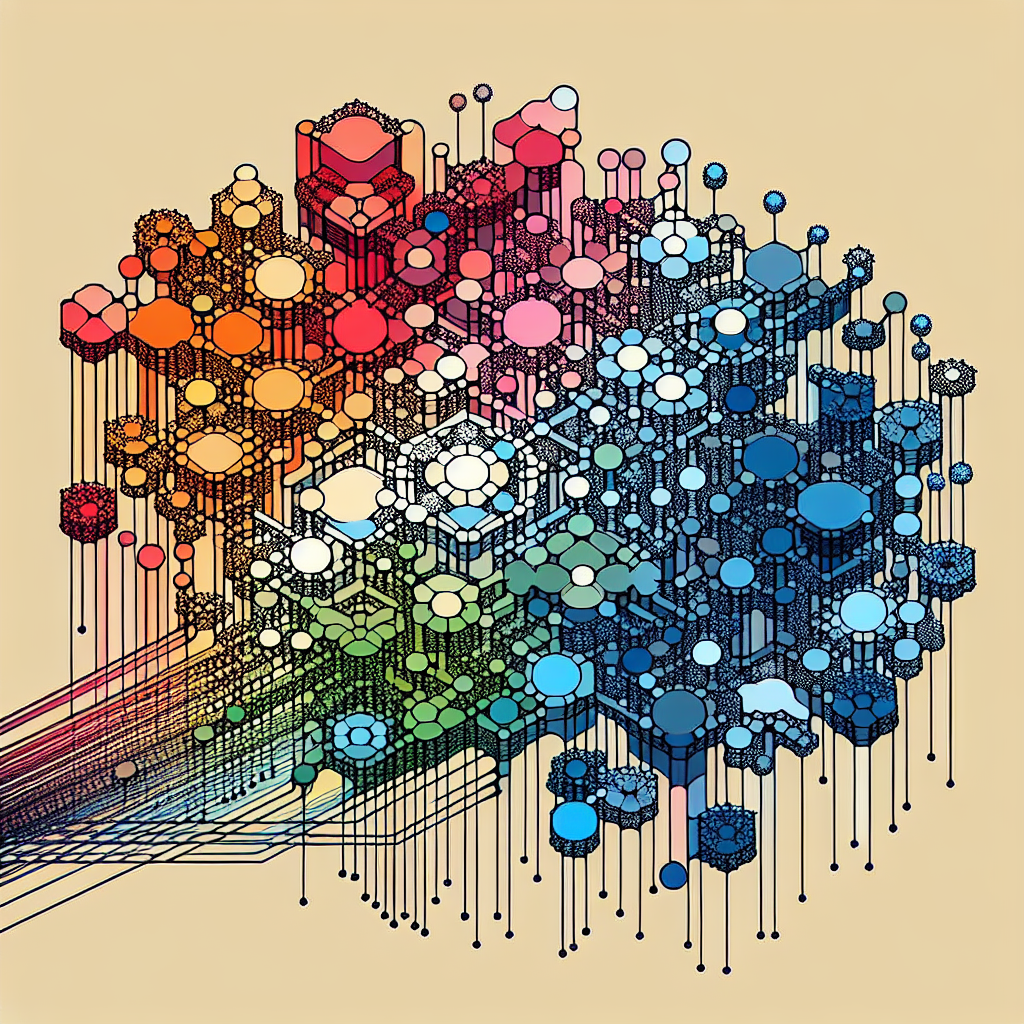Deep Neural Networks (DNN) have become a powerful tool in the field of artificial intelligence, enabling machines to perform complex tasks such as image recognition, speech recognition, and natural language processing. But what exactly makes up a DNN, and how does it work?
At its core, a DNN is made up of several key components that work together to process and interpret data. These components include input layers, hidden layers, and output layers.
The input layer is where the data is initially fed into the neural network. This layer consists of nodes, each representing a feature or attribute of the input data. For example, in an image recognition task, each node in the input layer may represent a pixel value.
The hidden layers are where the magic happens in a DNN. These layers consist of nodes that are connected to nodes in the previous layer and nodes in the next layer. Each connection between nodes has a weight associated with it, which determines the strength of the connection. As data passes through the hidden layers, the neural network learns to adjust these weights in order to make accurate predictions.
The output layer is where the final prediction or classification is made based on the input data. This layer typically consists of nodes representing different classes or categories that the data can belong to. The node with the highest activation value is considered the predicted class.
In addition to these core components, DNNs also use activation functions to introduce non-linearity into the model, allowing it to learn complex patterns in the data. Popular activation functions include sigmoid, tanh, and ReLU.
Training a DNN involves feeding it labeled data and adjusting the weights of the connections between nodes in order to minimize the error between the predicted output and the true output. This process is typically done using an optimization algorithm such as gradient descent.
Overall, DNNs are a powerful tool for solving complex problems in artificial intelligence, but they require a deep understanding of their components and how they work together. By breaking down the key components of a DNN, we can better appreciate the complexity and potential of these sophisticated neural networks.
#Breaking #Components #Deep #Neural #Networks #DNN,dnn


Leave a Reply